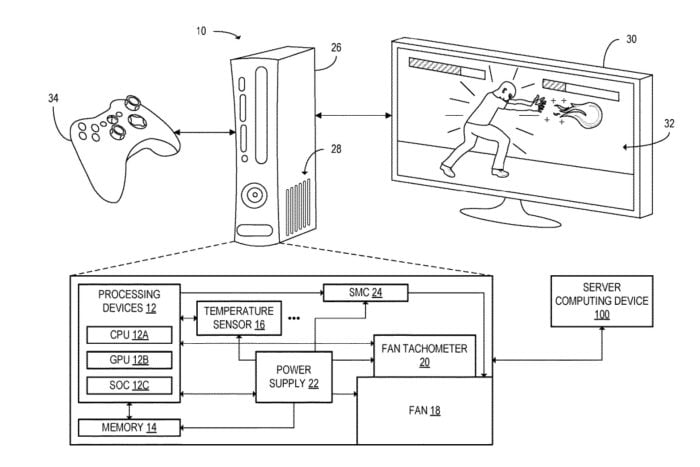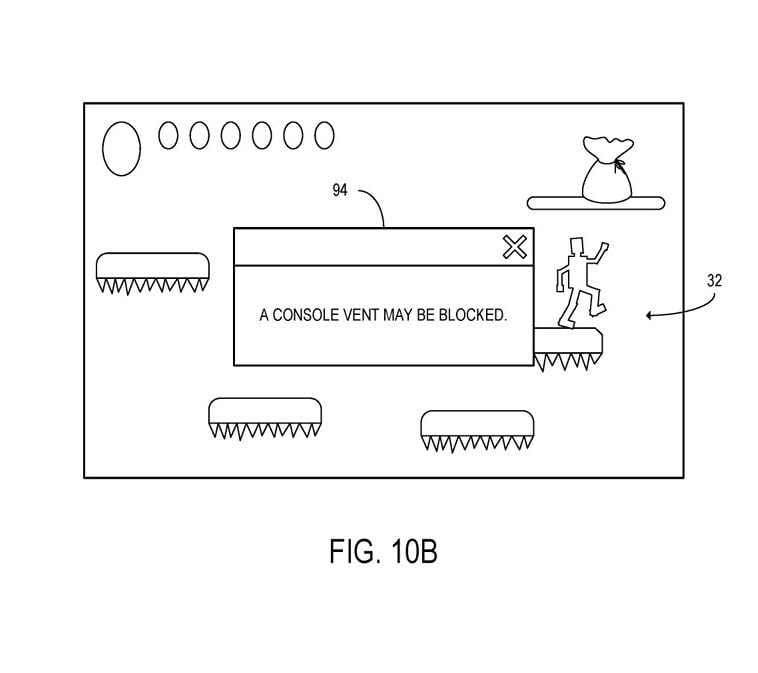Microsoft's upcoming AI projects include an AI cooler pad that can make devices last way longer
The AI-based cooler pad will use a multitude of learning models to keep devices cool all the time.
4 min. read
Published on
Read our disclosure page to find out how can you help Windows Report sustain the editorial team. Read more

Microsoft has been at the forefront of AI ever since the concept gained popularity over the last couple of years. We’ve gone from Copilot in Microsoft Azure, to Copilot in Microsoft Teams, OneDrive, Microsoft 365, and even Windows 11.
The Redmond-based tech giant is placing so many bets on Artificial Intelligence that one of the company’s upcoming AI projects includes an AI-based cooler pad that can be integrated into a variety of devices, from computers to laptops, and gaming consoles.
The cool (pun intended) thing about it? It promises device longevity by keeping these devices within the right heating parameters, thus extending their life, and creating a more sustainable tech environment.
Microsoft explored the AI-based cooler pad technology in a patent made public recently, and the company describes it as a computer system that uses machine learning (aka AI) to control a fan or multiple fans.
How? Well, this computer system is made up of a few parts: it has processing devices (similar to CPU), temperature sensors, a fan, and a fan tachometer (which measures the speed of the fan).
The processing devices run an application program. While the program is running, the processing devices collect performance data. This includes temperature data from the sensors and fan speed data from the tachometer.
The processing devices use an AI model to analyze this data and create a fan control signal. This signal is then used to control the fan’s speed. If the computer gets too hot, the system can speed up the fan to cool it down, automatically.
Basically, this is how the AI-based cooler pad works, but the Redmond-based tech giant has envisioned it to be quite self-sustaining. For instance, one of the AI models within the cooler pad can detect when there is something wrong with one of the fans and will notify the user about a possible hardware issue with it.
The machine learning model may be configured to output a vent blockage condition detection when the machine learning model determines that the vent blockage condition has occurred. In response to detecting the vent blockage condition, one or more processing devices may be further configured to output a vent blockage notification for display at the GUI.
And yes, if you missed that, we’re saying it again: the system would be built with not just a single AI model, but a multitude of them, which can be stored in a library, and used for a wide variety of applications. Below, the paper exemplifies the usage of such a model in a video game.
The plurality of machine learning models may be stored in a client-side machine learning model library. The plurality of machine learning models may be respectively associated with a plurality of application programs including the application program. Thus, the memory may store different machine-learning models for different application programs that have different patterns of hardware utilization and energy consumption. For example, a machine learning model associated with a highly-compute-intensive video game may be configured to output a high fan speed setpoint when the video game is launched. In constrast, a machine learning model associated with a less compute-intensive video game may be configured to output a lower fan speed setpoint when the less compute-intensive video game is launched.
The AI-based cooler pad would be a game changer: first, as the paper says, the AI would be able to precisely control its activity, reducing the noise fans make when they try to cool down devices. By adapting to different contexts, this cooler pad is able to keep the device in the right heating parameters while making sure the noise doesn’t become a distraction in the said environment. This means the system can be safely used in all sorts of environments, from personal to professional spaces.
Second, such a system would greatly expand devices’ life all around. Most modern processors are designed to handle temperatures up to 80°C (176 °F), and they will perform their best under those situations, but their life will be reduced if the exposure to such temperatures is constant. Keeping these processors below that temperature not only provides optimal performance, but it’s also good for longevity.
Longevity is something the tech industry has not yet understood, but regular users have: not only the right to repair has gained immense popularity over the last years (and Microsoft fully supports it), but sustainability is becoming a new emergent concern. Computer chip shortages have become a real issue in the last years, and the tech giants might soon face it more often.
However, with the exciting new advancements in AI technology, and a cooler pad system that adapts so precisely to each specific application and situation, devices, including PCs, laptops, and gaming consoles, might last way longer than ever before.
The paper can be read here.









User forum
0 messages